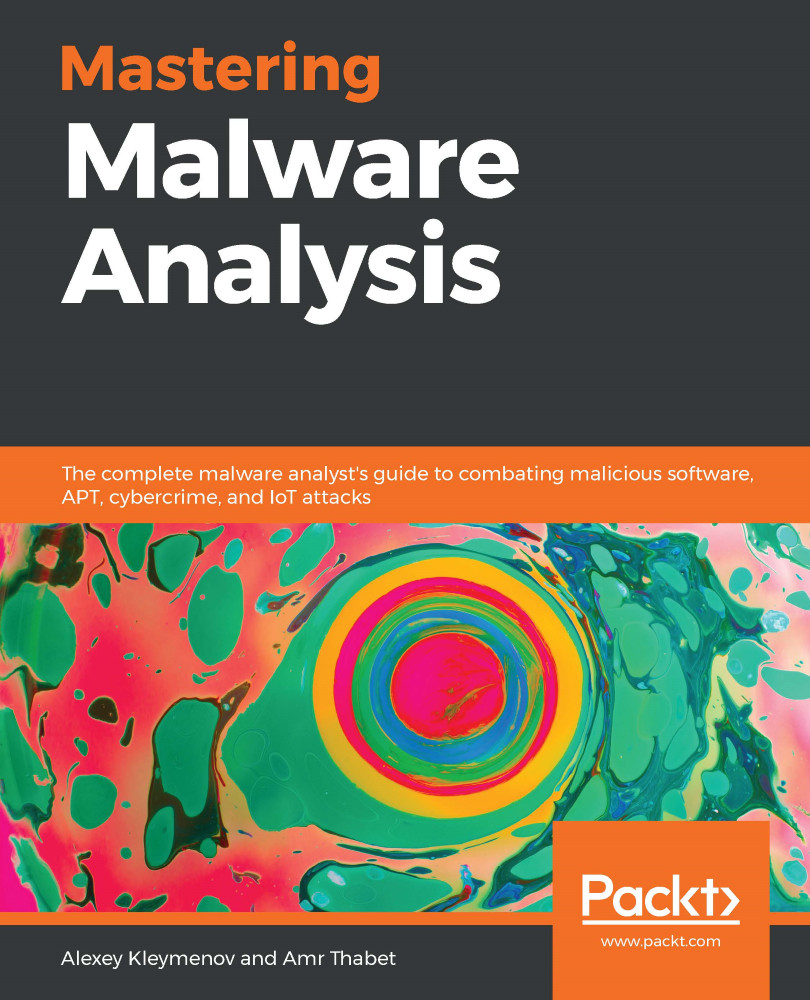Apple Inc. (originally Apple Computer Company) was founded back in 1976 to sell one of the world's first Personal Computers (PC) as we know them now. Now, Apple Inc. is an industry giant with a valuation of many billions of dollars. However, not everybody is aware that its modern operating systems (such as macOS, iOS, watchOS, and tvOS) are primarily based on the NeXTSTEP solution developed by the NeXT, Inc., a company founded by Steve Jobs following his resignation from Apple in 1985 and later acquired by Apple in 1997. All modern Apple operating systems are based on a set of components unified as the Darwin operating system, which is based on the XNU hybrid kernel.
Multiple Apple products became famous for their high quality and reliability with the users enjoying the feeling of security and often strongly believing that there is no...


